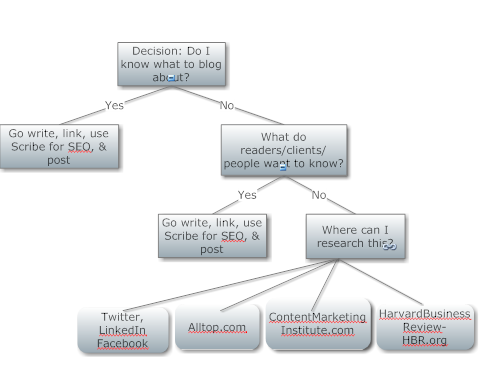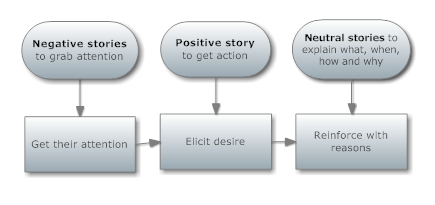 Rich Brooks of Flyte Media says that writing content is painful, and compares it to having dental work without novacaine! What do you think?
Rich Brooks of Flyte Media says that writing content is painful, and compares it to having dental work without novacaine! What do you think?
For me, writing – whether for my blogs, website, my email broadcasts and newsletters – is more like getting my teeth cleaned: it can be painful, but then you come out with a pretty white smile!
Take this series I’ve undertaken on how to write great content for your blog. The simplest of tips includes these 3 easy steps:
- Scan your favorite blogs for relevant ideas
- Take an excerpt from it and link to it
- Add your own comments. (If you want to boost readership, go for disagreement and controversy. But that’s a different topic.)
Here’s what Rich says:
“No matter how much you love your job, no matter how passionate you are about what you do, writing content is going to be much more work than you think.”
The passion makes the writing start like a burst of energy. Education and discipline, however, are the tools that have to kick in to make your content readable, search engine optimized, and interesting to other people.
I agree with Rich that writing always takes more time and work than you think, even when it is full of passion. Passion isn’t enough, some hard thinking and decent grammar should back it up.
Your thoughts on this? Is passion enough? Does grammar even count?
What about time – how much are you spending on your writing and blog? Is it pleasure, pain, or both?
I’d love to hear your comments. Hit reply and let me know your thoughts.
P.S. For more tips (and diagrams), read these other recent posts:
- Readable (formatting, bullet points, etc., Content Checklist
- Search engine optimization, Tips on Blog Post Optimization
- Interesting content, 7 Tips to Get Readers to Think














